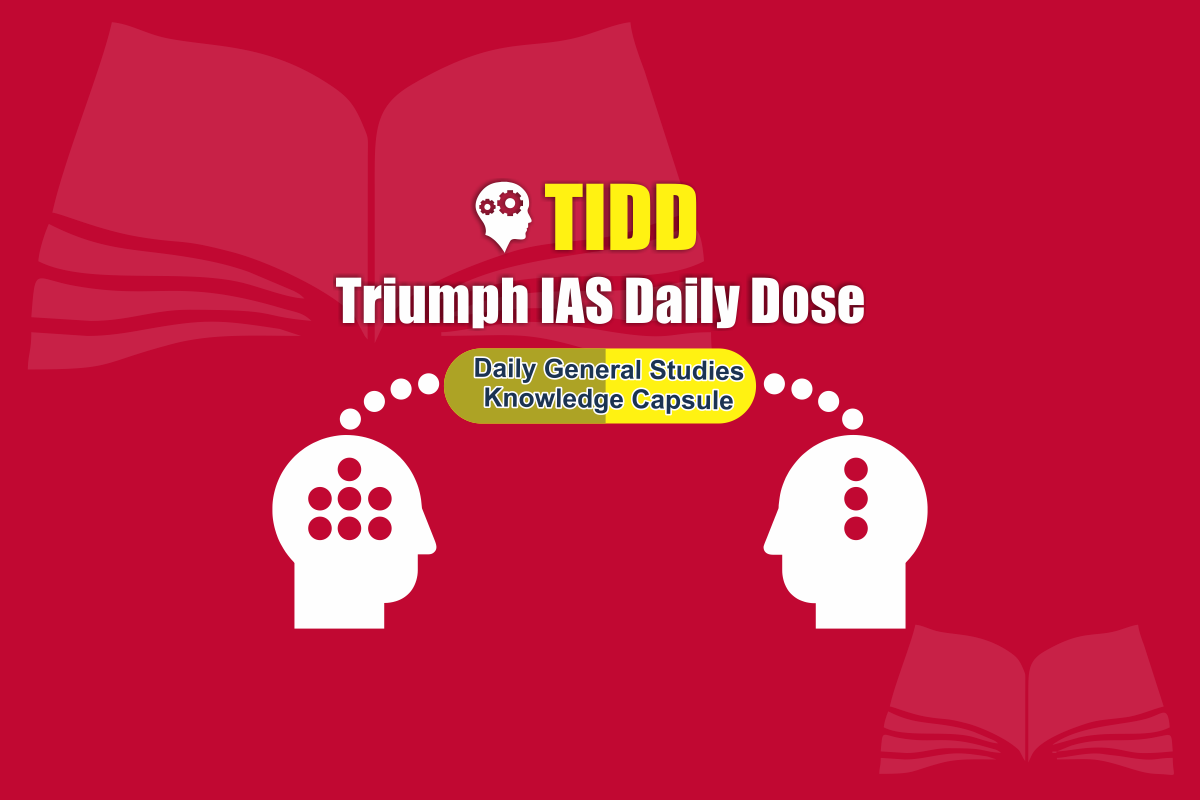Indian Constitution, Polity and Governance
- Montague-Chelmsford Report and the Government of India Act,1919
- The then Secretary of State for India Mr. E.S.Montagu and the Governor General Lord Chelmsford formulated proposals for the Government of India Act, 1919.
- Responsible Government in the Provinces was to be introduced, without impairing the responsibility of the Governor (through the Governor General), for the administration of the Province, by resorting to device known as ‘Dyarchy’ or dual government.
- The subjects of administration were to be divided into two categories Central and Provincial.
- Central subjects were those which were exclusively kept under the control of the Central Government.
- The provincial subjects were sub-divided into ‘transferred’ and ‘reserved’ subjects.
- The ‘transferred subjects’ were to be administered by the Governor with the aid of Ministers responsible to the Legislative Council in which the proportion of elected members was raised to 70per cent.
- The ‘reserved subjects’ were to be administered by the Governor and his Executive Council with no responsibility to the Legislature.
- The previous Central control over the provinces in administrative, legislative and financial matters was relaxed. Sources of revenue were divided into two categories so that the provinces could run the administration with the revenue raised by the provinces themselves.
- The provincial budget was separated from the central budget.
- The provincial legislature was empowered to present its own budget and levy its own taxes relating to the provincial sources of revenue.
- The Central Legislature, retained power to legislate for the whole country on any subject.
- The control of the Governor General over provincial legislation was retained by providing that a Provincial Bill, even though assented to by the Governor, would become law only when assented to also by the Governor General.
- The Governor was empowered to reserve a Bill for the consideration of the Governor General if it was related to some specified matters.
- The Governor General in Council continued to remain responsible only to the British Parliament through the Secretary of State for India.
- The Indian Legislature was made more representative and, for the first time ‘bi-cameral’.
- The Upper House was named the Council of State. This was composed of 60 members of whom 34were elected.
- The Lower House was named the Legislative Assembly. This was composed of about 144members of whom 104were elected.
- The electorates were arranged on a communal and sectional basis, developing the Morley-Minto device further.
- The Governor General’s overriding powers in respect of Central legislation were retained as follows:
- His prior sanction was required to introduce Bills relating to certain matters;
- He had the power to veto or reserve for consideration of the Crown any Bill passed by the Indian Legislature
- He had the converse power of certifying Bill or any grant refused by the Legislature
- He could make Ordinances, in case of emergency.
Simon Commission
This commission, headed by Sir John Simon, constituted in 1927to inquire into the working of the Act of 1919, placed its report in 1930.The report was examined by the Brit Parliament and the Government of India Bill was drafted accordingly.

